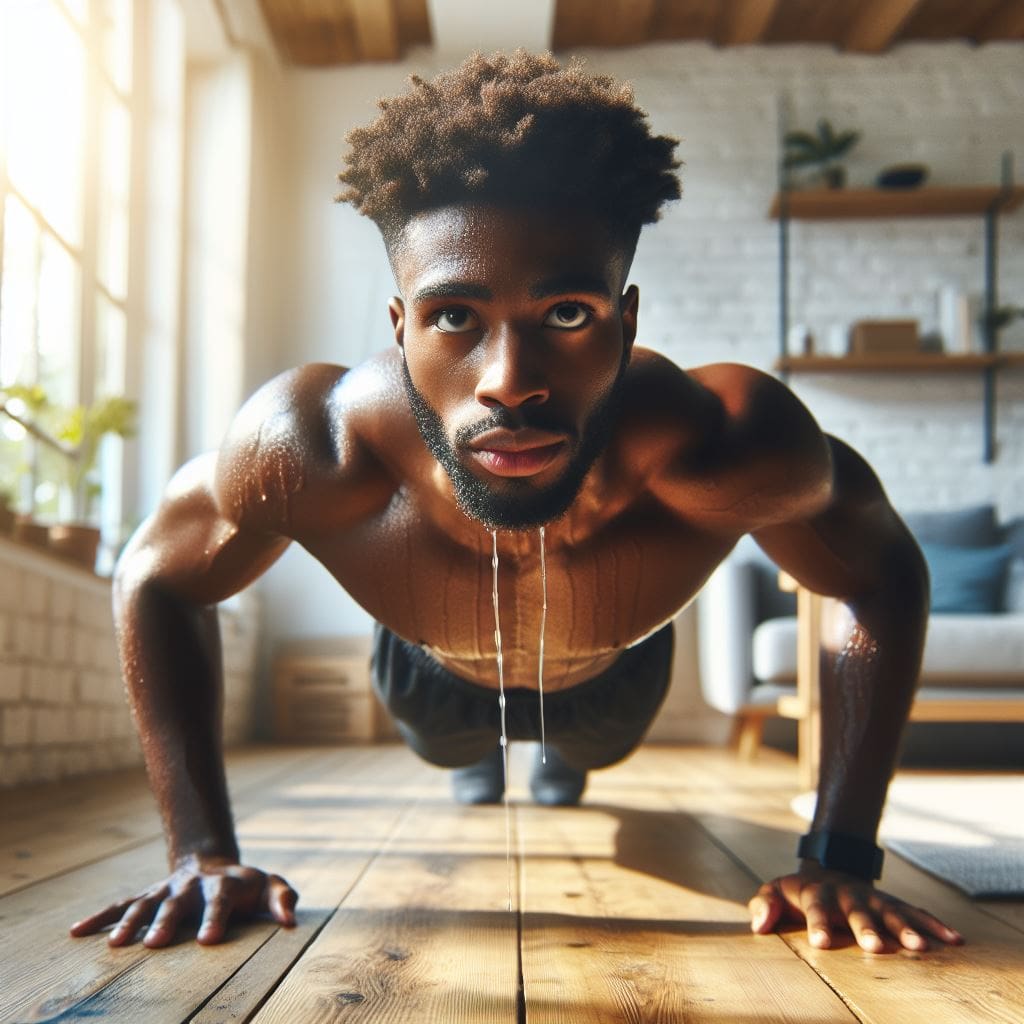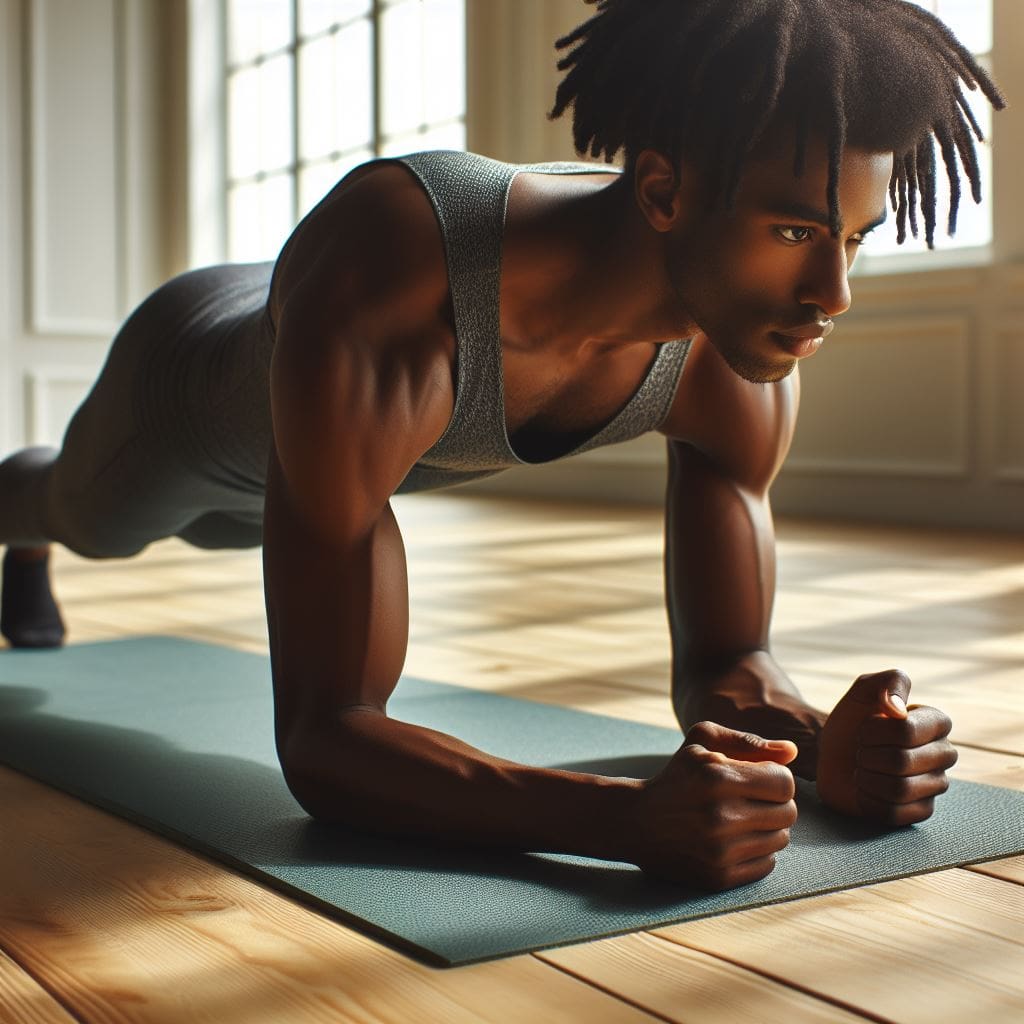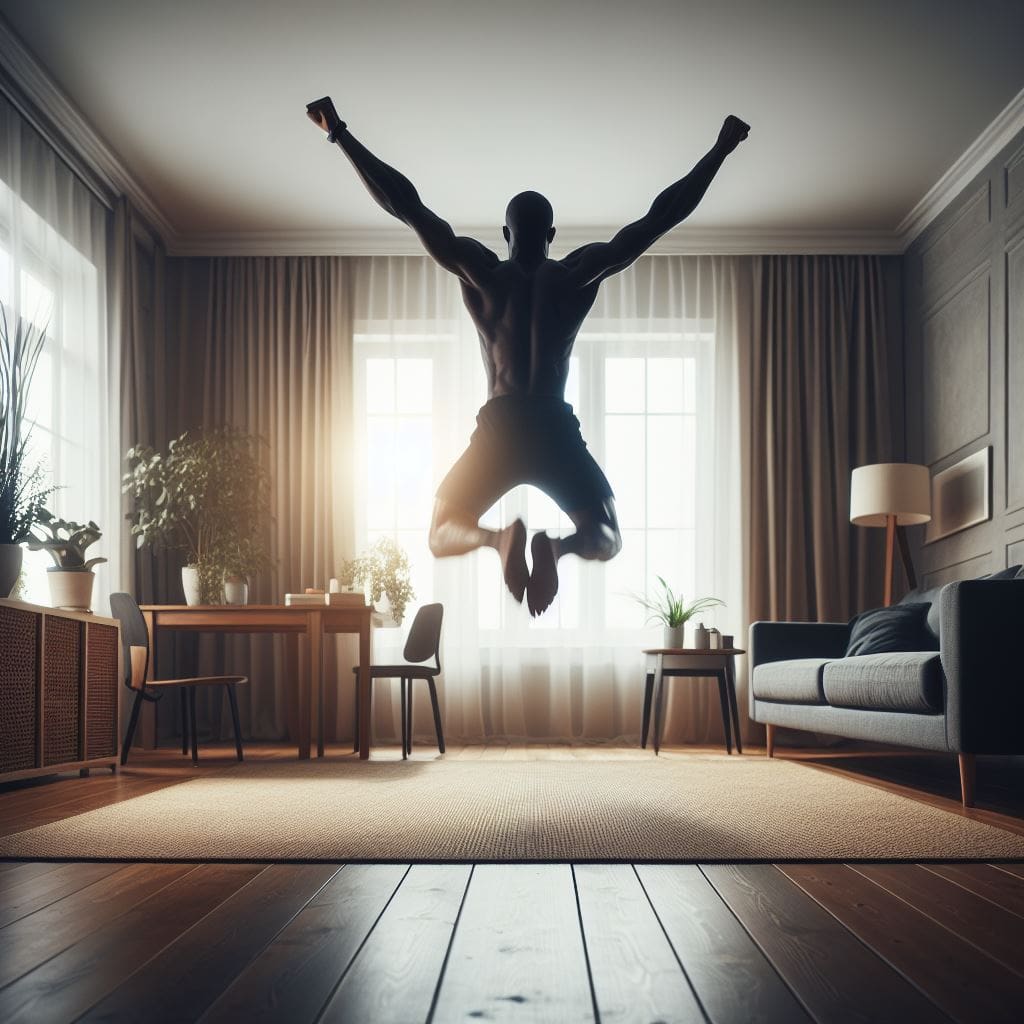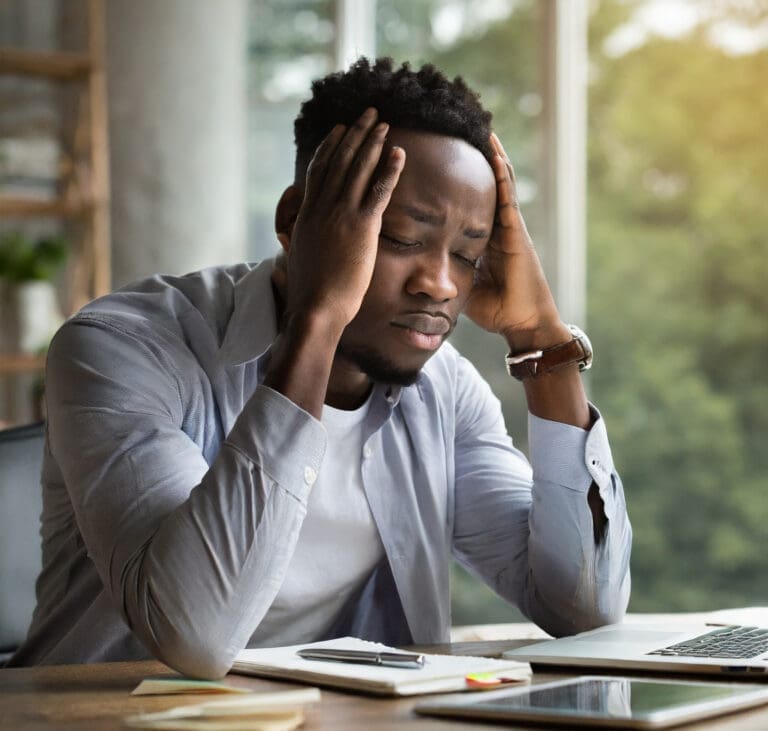
It can be tough to find time to exercise in today’s busy world. Going to the gym can be costly, and it’s not always easy to fit in a workout with all the other things you have going on in your life.
But, the good news is that you don’t need to spend a lot of money on fancy gym equipment to improve your fitness. There are lots of simple exercises you can do at home or outside that can help you get in better shape.
In this article, we will discuss ten easy exercises that you can do in your house with little or no equipment, which are convenient and efficient for anyone who wants to achieve their fitness goals.
These exercises can help improve your overall health and wellness, regardless of whether you are just starting your fitness journey or looking to spice up your existing routine.
The Importance of Regular Exercises
Before we start talking about different types of exercises, let’s take a moment to understand the many benefits of regular physical activity. Exercise is essential to maintaining good health and can help prevent chronic diseases.
Here are some ways in which regular exercise can positively impact your life:
Helps you maintain a healthy weight: When you exercise, you burn calories, which can help you lose weight or keep it under control.
- Makes you stronger and more energetic: Exercise strengthens your muscles and improves your heart and lung health, making you more resilient and energetic.
- Reduces the risk of chronic diseases: Physical activity can lower your risk of developing chronic conditions such as heart disease, diabetes, and some types of cancer.
- Keeps your bones and joints healthy: Exercise improves bone density and joint health, reducing the risk of osteoporosis and injuries.
- Boosts your mood and mental wellbeing: When you exercise, your body releases chemicals that can improve your mood, reduce stress and anxiety, and help you sleep better.
- Increases your energy levels: Regular exercise can fight fatigue and make you feel more alert and productive throughout the day.
Remember: It’s always best to consult with your doctor before starting a new exercise program, especially if you have any underlying health conditions.
10 Simple Exercises You Can Do at Home
Alright, let’s get started with some exercises you can do at home without any equipment. These exercises are really effective and can help keep you fit and healthy. You don’t need any special gear, just yourself and a bit of space to move around. Let’s do this!
Whether you’re a beginner just starting your fitness journey or someone looking to add variety to your existing routine, these exercises offer a convenient and effective way to reach your goals.
Squats: This fundamental exercise strengthens your lower body, core, and glutes. Here’s how to do it properly:
- Stand with your feet shoulder-width apart, toes slightly pointed outwards.
- Keep your core engaged and back straight as you lower your body as if sitting in a chair.
- Ensure your knees track over your toes and don’t extend past them.
- Descend until your thighs are parallel to the ground (or as low as comfortable) and push back up to the starting position using your heels.
Lunges: Lunges target your quads, hamstrings, and glutes, improving balance and coordination. Here’s the proper form:
- Stand with your feet hip-width apart.
- Take a large step forward with one leg, lowering your body until both knees are bent at 90-degree angles.
- Ensure your front knee tracks over your ankle and your back knee doesn’t touch the ground.
- Push back up to the starting position using your front heel and repeat with the other leg.

- Push-Ups: Push-ups are a classic exercise for strengthening your upper body, chest, shoulders, and triceps. Here’s how to perform a modified or standard push-up:
- Standard Push-Up: Start in a high plank position with your hands shoulder-width apart, body in a straight line from head to heels, and core engaged.
- Lower your chest towards the ground by bending your elbows close to your body.
- Push back up to the starting position.

Plank: Planks are a fantastic core exercise that also works your shoulders and glutes. Here’s how to execute a proper plank:
- Start in a push-up position with your forearms on the ground, elbows directly below your shoulders.
- Keep your body in a straight line from head to heels, core engaged, and gaze down towards the ground.
- Hold this position for as long as comfortable, aiming for sets of 30 seconds to 1 minute.

Jumping Jacks: This classic cardio exercise gets your heart rate up and works your entire body. Here’s how to do it effectively:
- Stand with your feet hip-width apart and arms by your sides.
- Jump explosively, spreading your legs and raising your arms overhead.
- Quickly jump back to the starting position.
- Repeat for sets of 30 seconds to 1 minute, aiming for high repetitions to elevate your heart rate.

High Knees: High knees are a great way to increase your heart rate and improve leg coordination. Here’s the proper form:
- Stand with your feet hip-width apart and arms bent at 90 degrees with fists by your chest.
- Run in place, bringing your knees as high towards your chest as possible with each step.
- Maintain a good posture and core engagement throughout.
- Perform sets of 30 seconds to 1 minute.
Butt Kicks: Similar to high knees, butt kicks elevate your heart rate and target your hamstrings. Here’s how to do them correctly:
- Stand with your feet hip-width apart and arms relaxed by your sides.
- Run in place, kicking your heels up towards your glutes with each step.
- Focus on squeezing your hamstrings with each kick.
- Maintain a good running posture and core engagement.
- Perform sets of 30 seconds to 1 minute.
Wall Sit: This simple exercise strengthens your quads and core without requiring any equipment. Here’s how to execute it effectively:
- Stand with your back flat against a wall and feet shoulder-width apart.
- Slowly slide down the wall until your thighs are parallel to the ground (or as low as comfortable) and your knees bent at 90 degrees.
- Maintain a straight back and engaged core throughout.
- Hold this position for as long as comfortable, aiming for sets of 30 seconds to 1 minute.
Dips: Dips target your triceps, shoulders, and chest. You can use a sturdy chair or bench for this exercise. Here’s how to do it properly:
- Sit on the edge of a chair or bench with your hands shoulder-width apart on the sides.
- Extend your legs straight out in front of you or with a slight bend in your knees.
- Lower your body by bending your elbows until they reach a 90-degree angle.
- Push back up to the starting position using your triceps.
- Perform sets of 8-12 repetitions, adjusting the difficulty by using a higher or lower chair/bench.
Crunches: Crunches are a classic core exercise that strengthens your abdominal muscles. Here’s how to perform them with proper form:
- Lie on your back with your knees bent and feet flat on the floor.
- Place your fingertips behind your head, keeping your elbows pointed outwards.
- Engage your core and lift your upper back off the ground, performing a small curling motion.
- Lower yourself back down with control, without straining your neck.
- Focus on using your abdominal muscles for the movement.
- Perform sets of 15-20 repetitions.
Building Your Home Workout Routine
- Now that you’ve learned ten effective exercises, it’s time to create your personalized home workout routine. Here are some tips to get you started:
- Frequency and Duration: Aim for at least 30 minutes of moderate-intensity exercise most days of the week. You can break this down into smaller chunks throughout the day, such as two 15-minute sessions.
- Warm-up and Cool-down: Always begin your workout with a 5-10 minute warm-up to prepare your body for exercise. This can include light cardio like jumping jacks or walking in place, followed by dynamic stretches. Finish your workout with a 5-10 minute cool-down to help your body recover. Include static stretches that target the major muscle groups you worked during your routine.
- Progression: As your fitness level improves, gradually increase the difficulty of your workouts. You can do this by performing more repetitions or sets of each exercise, shortening rest periods, or adding variations to the exercises.
- Listen to Your Body: Take rest days when needed and don’t push yourself too hard, especially when starting. Pay attention to any pain you experience and adjust your workout accordingly.
Here’s a sample home workout routine that incorporates all ten exercises:
- Warm-up (5 minutes): Light cardio and dynamic stretches
- Squats: 3 sets of 12 repetitions
- Lunges: 3 sets of 10
- Push-ups (modified or standard): 3 sets of as many repetitions as possible (AMRAP)
- Plank: 3 sets of 30-60 seconds hold
- Jumping Jacks: 2 sets of 30 seconds
- High Knees: 2 sets of 30 seconds
- Butt Kicks: 2 sets of 30 seconds
- Wall Sit: 3 sets of 30-60 seconds hold
- Dips (using a chair or bench): 3 sets of 8-12 repetitions
- Crunches: 3 sets of 15-20 repetitions
- Cool-down (5 minutes): Static stretches targeting major muscle groups
Remember: This is just a sample routine. Feel free to adjust the exercises, sets, repetitions, and rest periods based on your fitness level and goals. You can also create different workout routines targeting specific muscle groups or focusing on cardio or strength training.
Additional Tips for Home Exercise Success
Here are some additional tips to help you stay motivated and achieve success with your home workout routine:
- Find a Workout Buddy: Enlist a friend or family member to join you in your workouts. Having a workout buddy can provide motivation, accountability, and make exercise more enjoyable.
- Invest in a Few Basic Equipment Pieces (Optional): While you don’t need a lot of equipment for effective home workouts, a few simple tools can enhance your routine. Consider purchasing a yoga mat, resistance bands, light weights, or an exercise ball.
- Make it Fun: Choose exercises you enjoy and find ways to make your workouts fun. Listen to upbeat music, create a designated workout space in your home, or follow along with online workout videos.
- Track Your Progress: Keeping track of your workouts can be a great motivator. You can use a fitness tracker, journal, or app to monitor your progress and celebrate your achievements.
- Reward Yourself: Set achievable goals and reward yourself for reaching them. This will help you stay motivated and on track with your fitness journey.
Conclusion
Regular exercise is an essential ingredient for a healthy and happy life. The good news is that you don’t need a gym membership or expensive equipment to achieve your fitness goals.
These simple bodyweight exercises can improve your health and wellbeing in the comfort of your own home.
Remember, consistency is key. Start slowly, gradually increase the difficulty, listen to your body, and most importantly, have fun!



